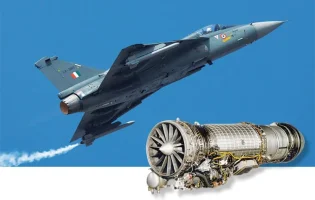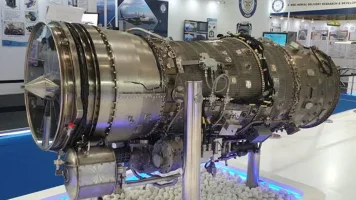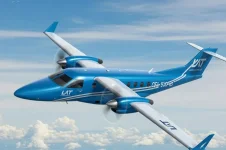- Views: 3K
- Replies: 16
India's efforts in developing its own civilian aircraft are progressing, with the redesigned Saras Mk2 expected to make its first flight by December 2027. This development was confirmed by Abhay Pashilkar, Director of the Council of Scientific and Industrial Research-National Aerospace Laboratories (CSIR-NAL), the organisation responsible for designing the aircraft.
The Saras Mk2 is an improved version of an earlier 14-seat prototype which first flew in 2004. The upcoming flight tests are crucial for achieving airworthiness certification, and the Indian Air Force (IAF) has already indicated plans to acquire about 15 of these aircraft for its operational needs.
The journey of the Saras aircraft encountered a major challenge in 2009 following the crash of a prototype during testing, which tragically resulted in the deaths of three IAF test crew members. This incident led to a temporary halt in the program.
However, the project was restarted in 2016 with a focus on significant improvements. The current Mk2 version features redesigned wings for better flight characteristics and relocated engines to boost safety and overall performance, reflecting lessons learned from the previous design.
Manufacturing of the Saras Mk2 will be undertaken by Hindustan Aeronautics Limited (HAL), a key government-owned defence and aerospace company known for producing aircraft such as the Tejas fighter jet and Dhruv helicopter.
To speed up the certification process, CSIR-NAL intends to build two prototypes. These aircraft will undergo thorough ground testing, including taxi trials at various speeds, before the maiden flight.
Mr. Pashilkar estimates that reaching the first flight stage will take about a year after the aircraft's development phase is complete, with certification following successful test flights.
While the core cockpit systems (avionics) for the Saras Mk2 will be supplied by Genesis, an external specialist company, CSIR-NAL has developed its own internal computer system to manage various functions onboard.
This development highlights India's growing capability in creating critical aerospace technology domestically, aligning with the national 'Atmanirbhar Bharat' (self-reliant India) initiative and reducing reliance on foreign technology for essential systems.
The Saras Mk2 is designed as a versatile aircraft suitable for multiple roles, particularly regional air travel. Its ability to operate from shorter runways makes it well-suited for connecting remote areas, supporting both civilian regional connectivity schemes and military requirements.
For the IAF, the aircraft, now configured with 19 seats (an increase from the original 14), could function as a light transport plane for troops, supplies, or medical evacuation duties, potentially working alongside larger transport aircraft like the C-295.
Its enhanced capacity and fuel efficiency make it a practical option for operations across India's varied geographical regions, including the Northeast and island territories.




